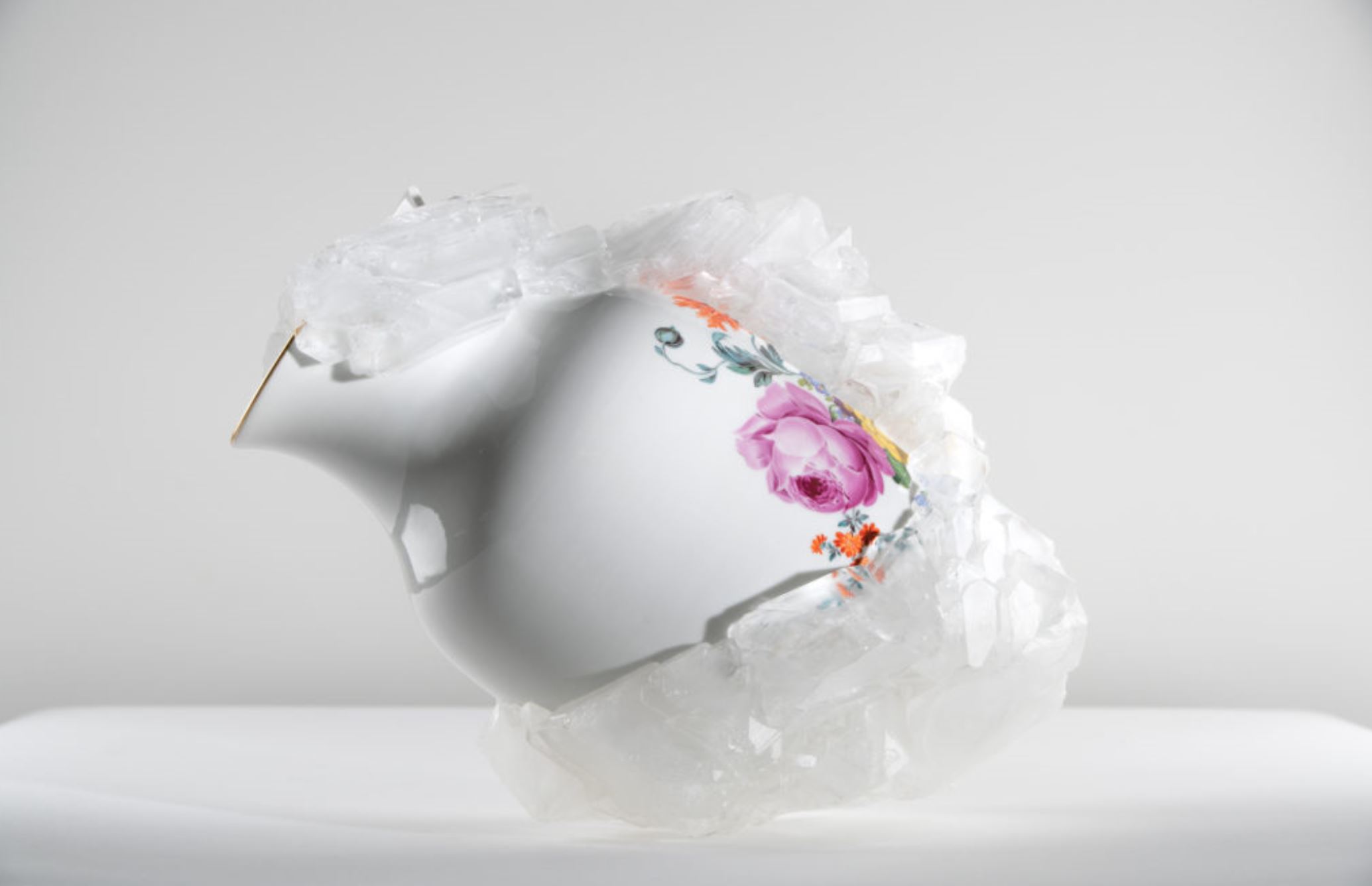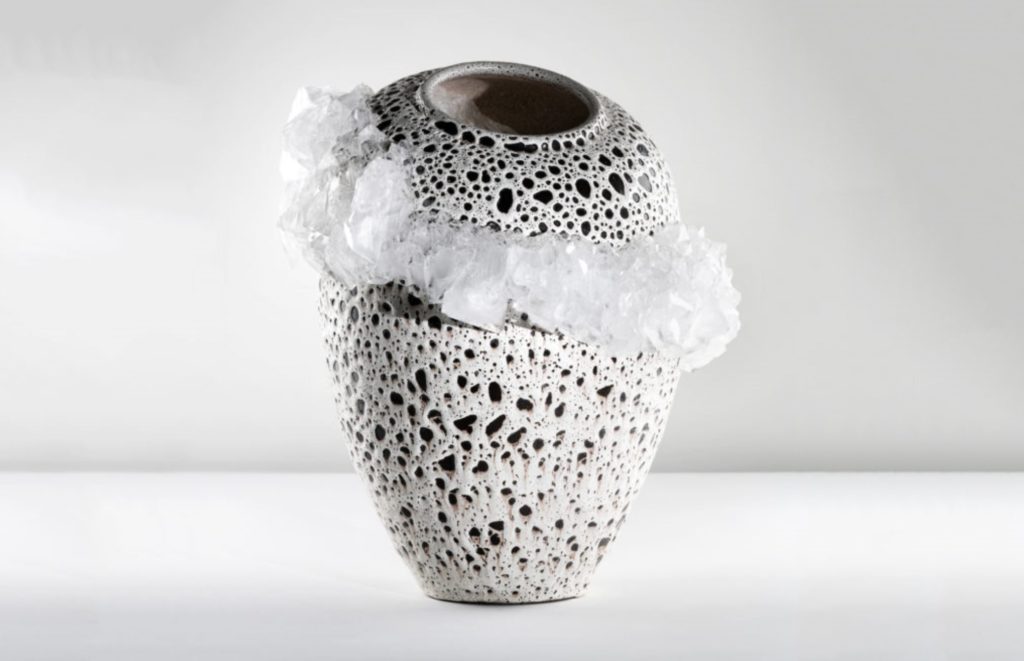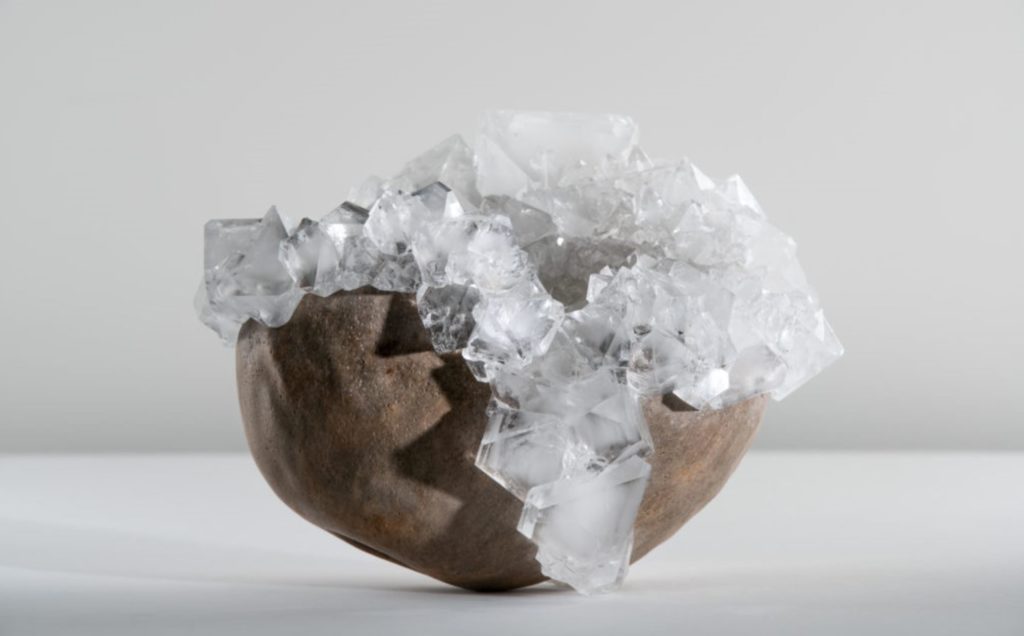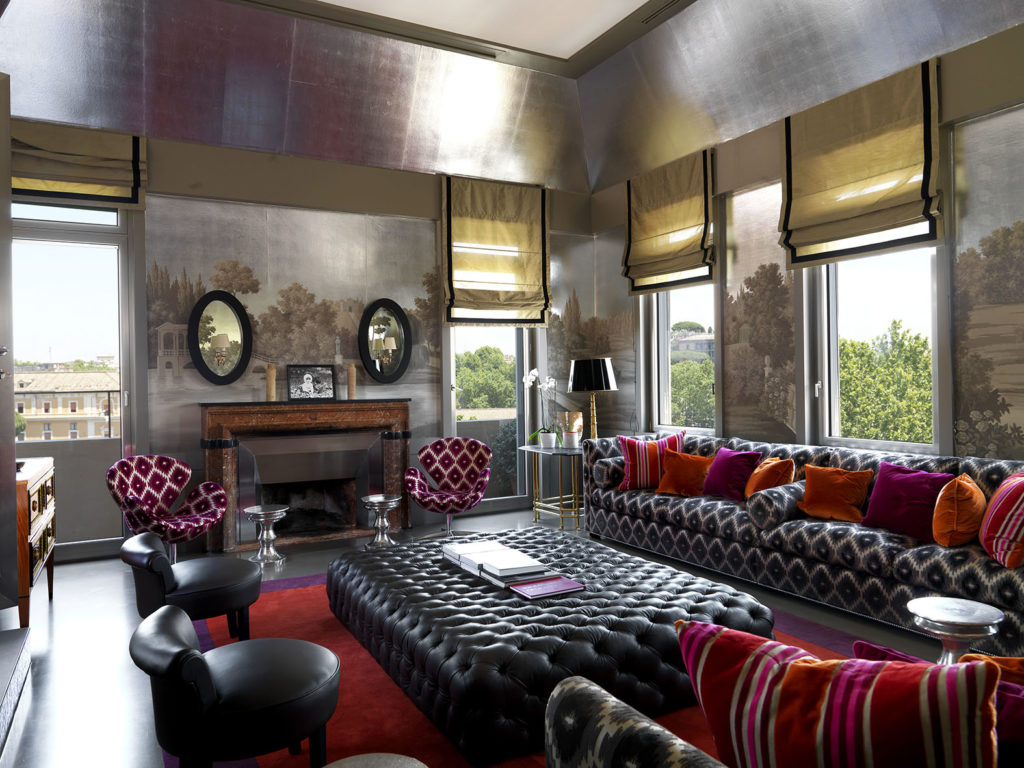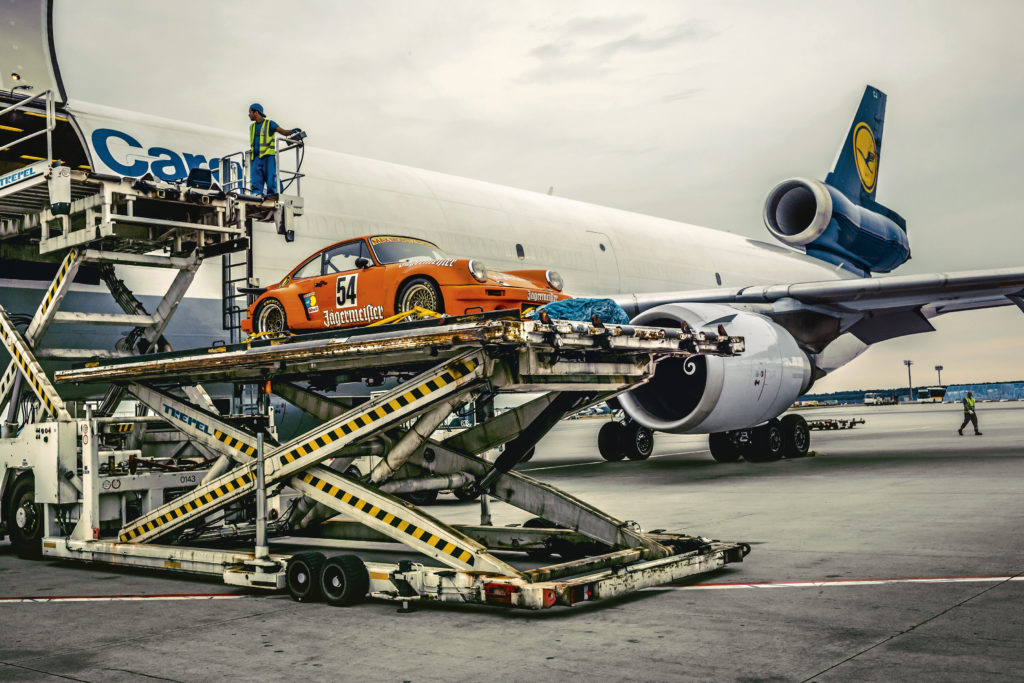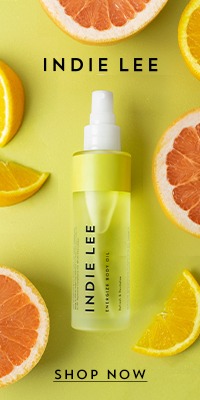Art imitates life. And, the life lesson that has been perfected by artist Lukas Wegwerth is that just because we may be broken doesn’t mean that we’re not beautiful. Maybe it is our brokenness, our cracks, bumps and bruises that allows the space for love to fill in the blanks and create something unique, new and altogether breathtaking.
Lukas Wegwerth started working on his crystallization vases in 2014. He begins by placing a cracked ceramic into a chemical solution and crystals grow along the cracks; he can of course remove the vase at any moment, and it is his decision whether it is, or is not, a success. The process refers to the Japanese art of Kintsukuroi, where broken porcelain is repaired with gold along the cracks, making the damaged article even more valuable. “Bringing things together is essential in my work,” he says, “as are interaction and growth.”
The work of Berlin-based designer Lukas Wegwerth explores tensions – the tension between the natural and the artificial, between organic growth and creative intervention, and between the unexpected and the controllable. He manipulates natural processes in order to create his designs and explores ways an object can acquire new meanings over time.
Born in Ilbeshausen, Germany in 1984, Lukas went on to study at the University of the Arts in Berlin, creating work that followed in the playful and experimental precedent of the likes of Carlo Mollino and Jerszy Seymour. He cites the folkloric work of Dagobert Peche, the honest carpentry of the shaker design movement, and the provocative and genre-defying work of Atelier Van Lieshout as particular influences. Lukas works primarily with found, organic materials, and his designs explore notions of growth and transformation, of memory and time.

Lukas Wegwerth’s works have been acquired by private and public collections worldwide, including the National Gallery of Victoria, Australia.
Gallery FUMI first showed Lukas Wegwerth’s Blankenau series in 2016, where sinuous clusters of whittled and carved wood branches (subsequently rasped, burned and finished with shellac) create sinuous, free-form table bases. Taking careful consideration of every curve and turn in the wood, Wegwerth allows its natural state to dictate the twisting forms, though you can’t help thinking that it’s Wegwerth who is ultimately in control.
TO EXPLRE THE FULL COLLECTION VISIT: GALLERY FUMI
With thanks to gallery FUMI.
SUBSCRIBE TO OUR MAILING LIST FOR MORE LUXURY TODAY!
YOU WOULD ALSO ENJOY
MARCIANOS
ODE A LA ROSE
